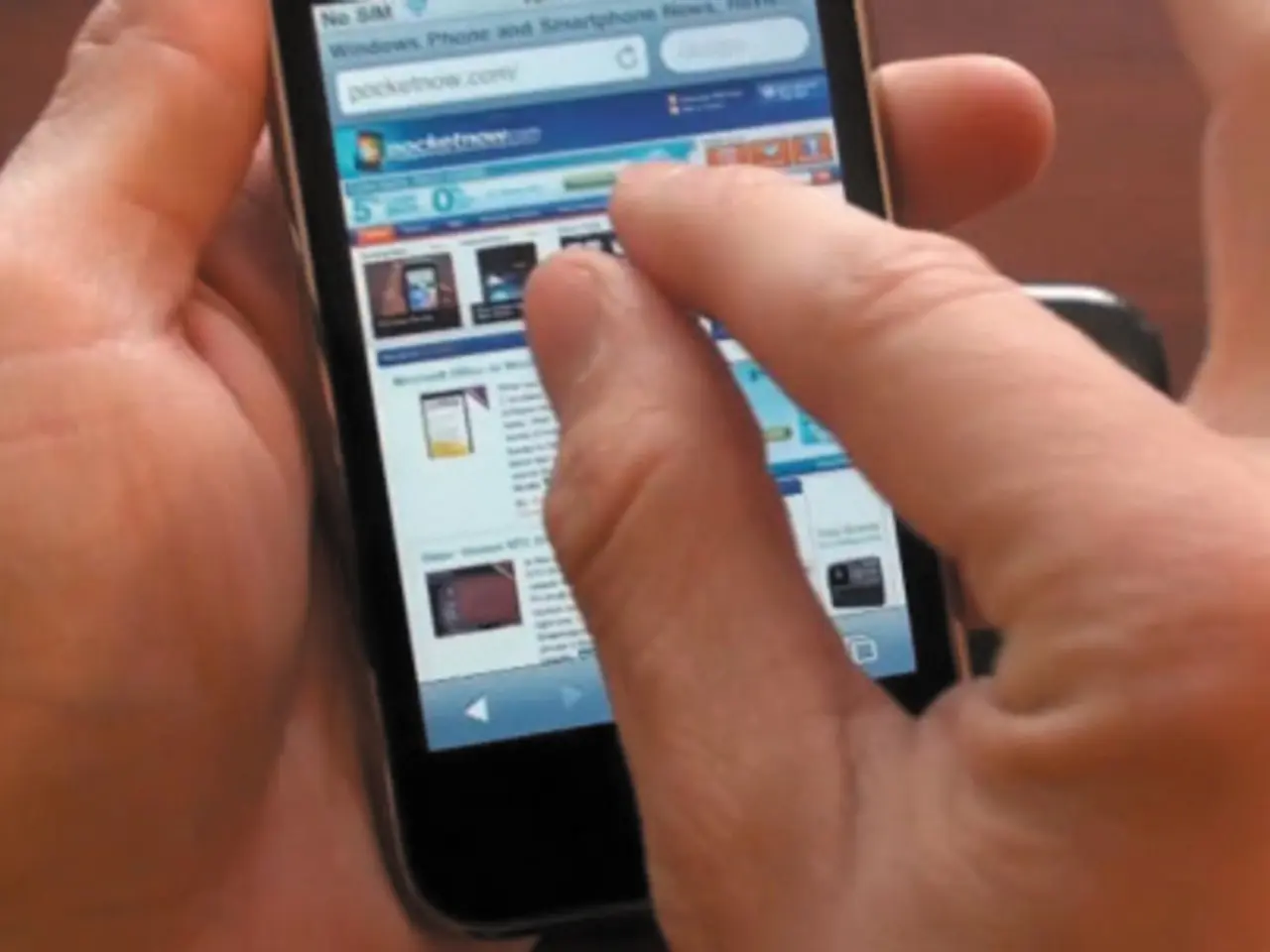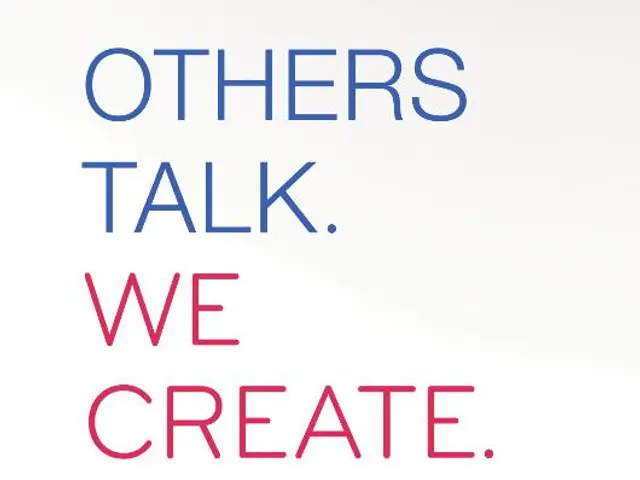Ukraine successfully conducts initial Starlink direct-to-cell tests, setting stage for potential Q4 rollout.
In a groundbreaking move, Ukraine has become the first country in Eastern Europe to test SpaceX's Direct to Cell technology, marking an important step in the development of infrastructure for communication access in areas without traditional networks.
The testing, conducted by Ukraine's largest mobile operator, VEON-owned Kyivstar, in the Zhytomyr region, was a significant milestone. Kyivstar CEO Oleksandr Komarov and Ukraine's Minister of Digital Transformation, Mykhailo Fedorov, exchanged messages directly via Starlink satellites using standard 4G-enabled smartphones.
The service, which enables standard 4G smartphones to send texts directly via Starlink satellites without additional hardware, is part of a broader push to integrate terrestrial and space-based infrastructure. The aim is to create a fully resilient next-generation network for both everyday and emergency use.
The partnership between Kyivstar and Starlink is not limited to just a satellite-powered text messaging service. It extends beyond comprehensive network integration, aiming to define the connectivity landscape of Ukraine for the future by investing in advanced technologies.
Fedorov stated that this is an important step in the development of infrastructure for communication access in areas without traditional networks. He further added that the goal of the service is to deliver reliable communication in areas without terrestrial coverage, particularly during wartime and other crises.
Starlink's Direct to Cell technology is being integrated by multiple mobile operators beyond Ukraine. In fact, the T-Mobile's Starlink-powered T-Satellite service had its commercial debut last month in the U.S. Starlink has also expanded Direct to Cell capabilities to support IoT devices after successful testing in New Zealand.
The Kyivstar and Starlink satellite-powered text messaging service in Ukraine is expected to commercially launch in the fourth quarter of 2025, with free text messaging available during the testing phase starting in fall 2025. The initial launch will focus on text messaging, followed by voice and broadband data services anticipated in mid-2026.
Canada's Rogers is also conducting Direct to Cell trials, joining this larger trend in the telecommunications industry. Rogers is aiming to provide connectivity even where terrestrial networks are down due to infrastructure damage or power outages, similar to Kyivstar's goals.
In conclusion, the Direct to Cell testing in Ukraine signifies a significant leap in the telecommunications industry, providing a promising solution for reliable communication in areas without terrestrial coverage. Users in Ukraine can expect to start using Starlink-powered satellite text messaging commercially by late 2025, with expanded connectivity options coming the following year.
[1] Kyivstar and Starlink Partner for Satellite-Powered Text Messaging in Ukraine, Telecoms.com, [accessed 2023-03-29] [2] Ukraine Tests SpaceX's Direct to Cell Technology, SpaceNews, [accessed 2023-03-29] [3] Rogers Tests Direct to Cell Technology in Canada, MobileSyrup, [accessed 2023-03-29] [4] T-Mobile Launches Starlink-Powered T-Satellite Service in the U.S., CNET, [accessed 2023-03-29] [5] Starlink Expands Direct to Cell Capabilities to Support IoT Devices, TechCrunch, [accessed 2023-03-29]
The partnership between Kyivstar and Starlink extends beyond satellite-powered text messaging, aiming to integrate advanced technologies in finance, industry, science, and technology, to define the connectivity landscape of Ukraine for the future.
Furthermore, the adoption of Starlink's Direct to Cell technology by multiple mobile operators globally marks an important step in the development of infrastructure for communication access in areas without traditional networks, particularly in industries such as space-and-astronomy and emergency response.




